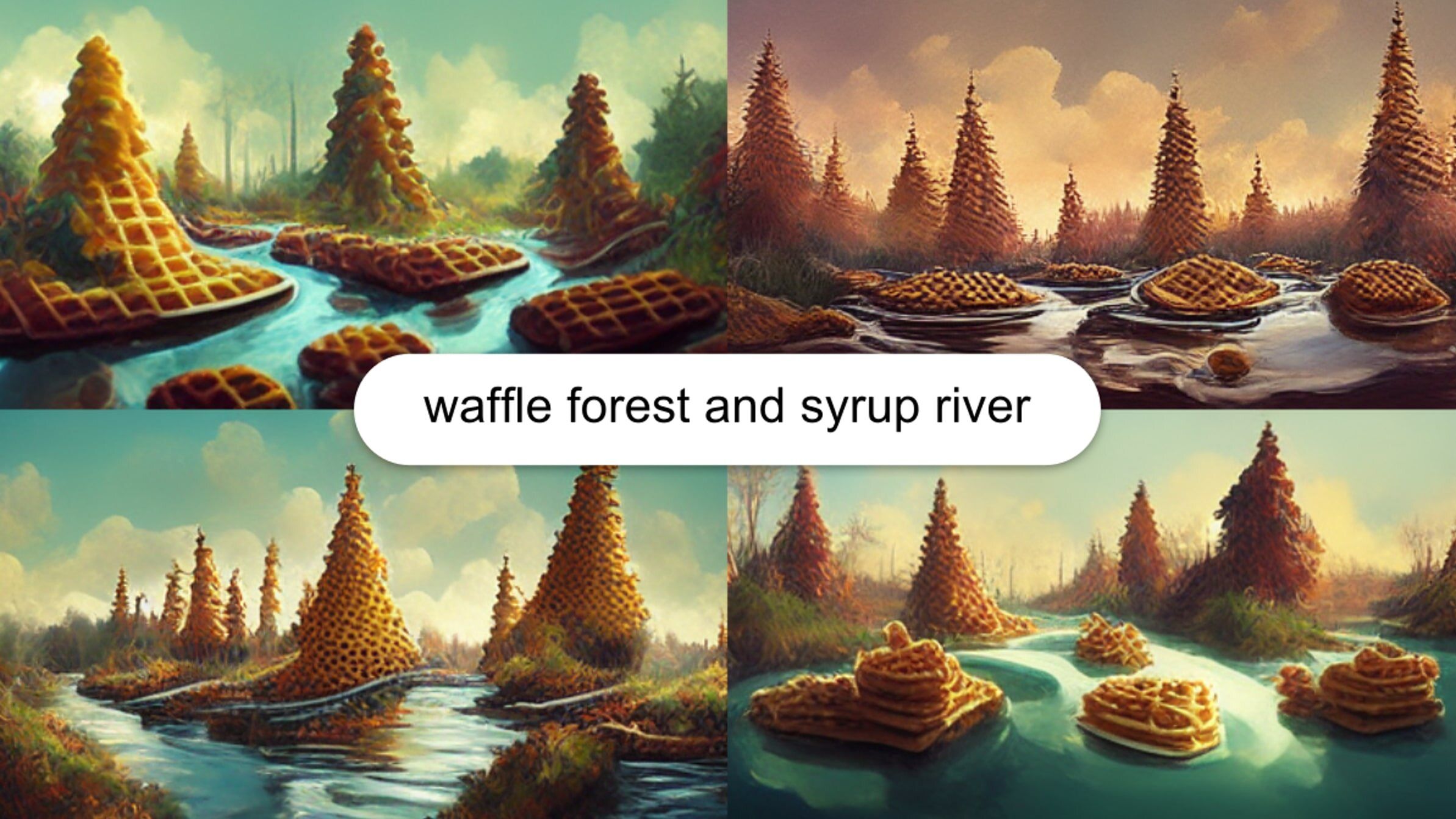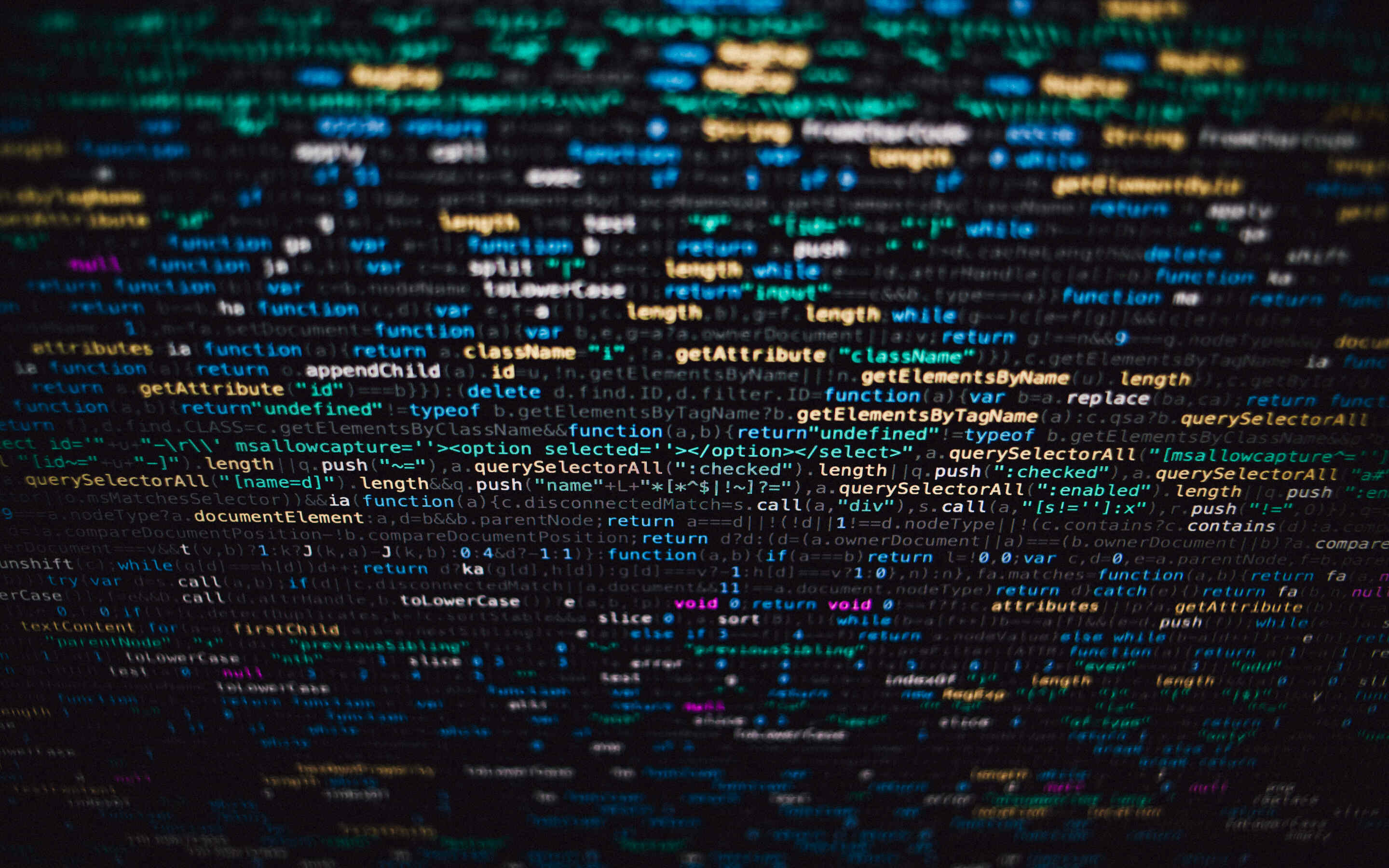In recent times, AI Art has been making waves again - in the form of art generators. AI art generators have become commonplace and the general public has the freedom to, with written prompts, create art in whatever style that they so choose.
What is the Problem?
AI Art, simply put, is art generated with machine assistance such as a generator, neural network, and algorithm. While the actual intricacies of how these tools work is much deeper, the existence and ease by which these tools can now be accessed has created a stir amongst designers, dwelling amongst the mires of today’s digital landscape. Is this a threat to human design, is creativity under threat of the machines?
Then vs. Now
Design and AI began its journey in the 1950s, when visual artists began experimenting with computer graphics and technological concepts. However, real progress only began in recent times with breakthroughs in technological processing power.
In 2015, the advent of Generative Adversarial Networks (GANs) heralded a jump in this arena, probing the depths of neural networks to study how machines learn visual concepts. Slate highlights a program Google introduced around this time, an open-source DeepDream program, which provides an insight into machine learning through art.
Currently, anyone can access an art generator to create their own image in any style they like - sources such as Midjourney, Dall-E and more, have proved that it is possible.
The Value of AI
As tempting as it is to deny the possibility of the machine overlord, it has been proven that there is a clear value to art created by AI. Eyebrows rose in 2018 when art auction house Christie sold a portrait created by Obvious, a Paris-based collective using a GAN, the result of which valued at a whopping $432,500. While this could be attributed to a PR stunt and temporary interest, it still demonstrates an upper limit to the value of a piece of art created by an algorithm.

Applications of AI in Design
Idea Generation and Image banks
As Union.co posits, there are applications in the advertising/communications world for AI art. Considering the ease by which an AI tool can now generate images, creative teams may find it easier to come up with ideas and organize moodboards, making inspiration for campaigns easier than before. Maintaining a simple base of image assets for which more composite works can be created is also another option for designers.
Cycling through visual prompts on art generating programs might cause positive feedback loops, boosting creativity and inspiration.
Overcoming Creative Limits
Forbes’ Bernard Marr goes on to suggest that AI will not replace human creativity, but rather enhance it - a process known as “co-creativity”. As AI tools still need to be “told” what to create, a truly inspired idea or “Eureka” moment is still out of grasp.
Considering that machines are able to crunch many different permutations and outcomes of a given data set, and then narrow it down in a certain manner- it could be used to break through a human limit in terms of pure numbers. It could then be used to “reinforce” a particular vision of the human creative.
The Limitations of AI
AI tools sure are great for certain things, but what are their drawbacks?
Context and Viewpoints
While AI is very good for churning out ideas and lots of them, an AI can’t yet understand the context behind a client’s request - which is important for creating an artwork that your client wants. Basically, the AI doesn’t address pain points as well as a human does, especially in terms of design. The subtleties behind a curated artwork or visual campaign is something that cannot be taught to a machine system - or at least, not yet.
Current tools can have the user give certain prompts in order to nudge the AI in the correction direction for style and visual elements, but may miss the insights gained from conversation the inspired moments through a natural creative process.
Uniformity and Repetition
Considering that these are still tools coded by humans, at their core, the tool itself is limited by the data it is fed - some users suggest that these tools have a “house style”, reflected in the source data given to it during its inception. One tool begets similar images in style when compared to another.
For example, if a user visits one of the above mentioned tools (Midjourney, Dall-E), a pattern in terms of image style starts to present itself.
Naturally this means that any result from the prompt is drawn from these image banks, and will influence the image that is finally delivered. In addition some of the simpler AI tools require some amount of trial-and-error, meaning that you’ll require several keywords/prompts to generate a very specific kind of image. That kind of concern isn’t warranted with a human designer.
To Sum Up
It is easy to turn this discourse into a war - Human designers vs Machine designers. However, there is another way to approach this than conflict, as an opportunity for designers to grow.
Given the simplicity for users to create images, there is a legitimate worry concerning the opportunity of designers - now that machines can be used to create images, does the work that designers do get devalued? With time, will AI have become so advanced that a designers’ work becomes obsolete?
Before the paranoia kicks in, it’s extremely important to remember there are limitations to these tools. As proved earlier, there are several constraints that prevent AI art from truly being a threat to human creativity. Simplicity, repetition, inability to understand context, and so forth.
In fact, it’s also extremely important to embrace this progress as a tool for growth. There is an opportunity for designers to become better and incorporate these tools to create more unique and more appropriate works.
So, if you’re a designer, don’t see these creations as a source of competition, but as an opportunity for potential change - to you, to your work, and how you see technology as the human race only gets more advanced as time progresses.
